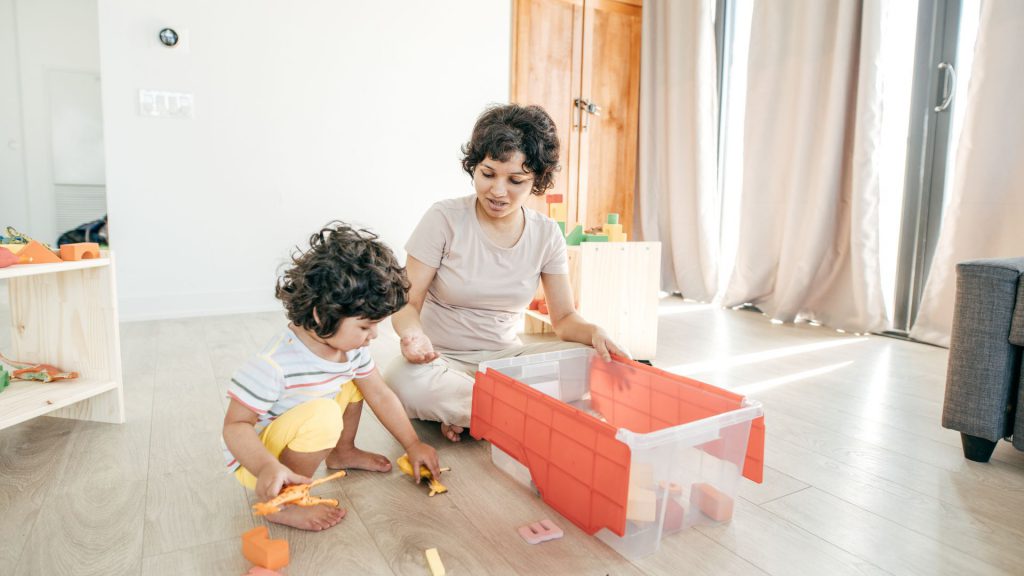Encouraging Independence: When to Step Back and When to Step In

Every parent wants to raise who are capable, confident, and ready to take on the world, but knowing when to help and when to hold back can be tricky. Encouraging independence isn’t about stepping away completely; it’s about giving children the space to try, fail and learn while knowing you are there if they need you. Finding that balance, knowing when to step back and when to step in, is one of the biggest challenges (and rewards) of parenting.
Why Independence Matters
Encouraging independence builds a child’s sense of self-efficacy, problem-solving ability and resilience. Research indicates that children given opportunities to make decisions and act independently are more likely to develop confidence, stronger social skills, and better emotional regulation. Moreover, the decline in children’s independent activity, such as walking to a friend’s house, has been linked to lower levels of overall mobility, autonomy, and even well-being.
Supporting children’s independence is about guiding them to gradually take responsibility for themselves in safe, age-appropriate ways.
When to Step Back
Allowing children to attempt tasks and experience mild frustration teaches perseverance and problem-solving, rather than immediately rescuing them, you might observe and let them try first, intervening only if necessary.
The words you use to teach them matter too. Instead of ordering, “Do this,” try offering choices like “Would you like to do your maths or make a snack first?” These options give kids a sense of control and promote independence.
When to Step In
If a child’s independence attempt leads to danger, distress or emotional shutdown, that’s a sign to step in. For example. If a child is overwhelmed with a social situation, you might guide them through rather than leave them to figure it out alone.
Stepping in might mean teaching them the skill they need rather than doing it for them. For example: “Let’s work through how to pack your bag; I’ll show you today, and you can try tomorrow.” This supports their growth without rescuing them.
As children approach the tweens and teens stage, they begin to crave more independence, but they still need structure. To navigate this tricky stage, experts recommend combining clear family rules with decision-making opportunities. It’s important to avoid slipping into ‘helicopter’ mode and doing tasks for them or ‘lawnmower’ mode where you clear obstacles before the child even encounters them. Research suggests that over-control from parents may actually hinder independence and increase anxiety in children.

Finding the Balance: Age-Appropriate Independence
Toddlers & Preschoolers (2-5 Years)
Give them simple tasks like hanging their coat, choosing between two snack options or helping set the table. Routine helps build autonomy.
Primary School (6-12 Years)
Let them organise their school bag, pack their lunch (with supervision), manage morning routines and deal with setbacks (e.g. forgotten homework) with your coaching.
Tweens & Teens (13+ Years)
They need decision-making opportunities: choosing after-school activities, managing part-time jobs, budgeting for outings. Clear boundaries and open dialogue about choices help them step into adult-level autonomy.

Practical Strategies for Busy Parents
Use a chore or responsibility chart — Kids gain confidence seeing a routine of independent tasks.
Provide choices within limits — Offer two approved options (e.g. Would you like to walk to dog before or after dinner?”) rather than open-ended questions.
Celebrate effort, not perfection — “I saw you packed that lunch by yourself, great job!” encourages further independence.
Practice problem-solving together — “What do you think you should do if you realise you’ve forgotten to take your lunchbox to school?”
Step back physically — For example let your child carry their backpack while you stay close but don’t hover.
Set safe boundaries — Use check-in messages for outings, set curfews, or agree on decision-making rules.
Avoid rescue-mode — If they don’t finish the task, resist immediately stepping in. let them experience the consequence (within safe limits) and reflect afterwards.
Keep you parenting stress in check — If you’re rushed or multitasking, you’ll be more likely to step in prematurely. Pick times when you’re calm and available for independence coaching.
Why It’s Worth It
Fostering independence isn’t just about children doing tasks themselves; it’s about building lifelong skills of initiative, resilience, and self-confidence. A child who knows “I can handle this” is better prepared for school, friendships, and future life challenges. Greater autonomy, in a safe and structured way, correlates with better psychological wellbeing.
The goal is not to leave children to fend for themselves. Rather, it’s to create a rhythm of step back, allow them the space and time to attempt the task, and then step in only when needed. You’re the safety net, the guide, the coach — not the constant doer of everything. With thoughtful support, children grow into capable, confident individuals who know they can make a decision and that you’ll be there when it truly matters.






















